calsfoundation@cals.org
Tontitown (Washington County)
| Latitude and Longitude: | 36º10’40″N 094º14’01″W |
| Elevation: | 1,289 feet |
| Area: | 17.91 square miles (2020 Census) |
| Population: | 4,301 (2020 Census) |
| Incorporation Date: | November 10, 1909 |
Historical Population as per the U.S. Census:
|
1810 |
1820 |
1830 |
1840 |
1850 |
1860 |
1870 |
1880 |
1890 |
1900 |
|
– |
– |
– |
– |
– |
– |
– |
– |
– |
– |
|
1910 |
1920 |
1930 |
1940 |
1950 |
1960 |
1970 |
1980 |
1990 |
2000 |
|
222 |
235 |
188 |
189 |
203 |
209 |
426 |
615 |
460 |
942 |
|
2010 |
2020 |
|
|
|
|
|
|
|
|
|
2,460 |
4,301 |
|
|
|
|
|
|
|
|
Tontitown was founded in 1898 by a group of Italian Catholic immigrants led by their priest, Father Pietro Bandini. The town is named in honor of Henri de Tonti, the Italian who helped René-Robert Cavelier, Sieur de La Salle explore the Mississippi River and later founded Arkansas Post in 1686.
Post Reconstruction through the Gilded Age
The Tontitown Italians began their lives in America as tenant farmers on the south Arkansas plantation of Sunnyside (Chicot County). Groups from northern and central Italy arrived there in 1895 and 1897 and soon found themselves battling poor sanitation, disease, unfamiliar farming methods, language barriers, and contract disputes. In early 1898, some forty families chose to follow Father Bandini, the plantation’s resident priest, to the Arkansas Ozarks—where the climate, terrain, and small-scale agriculture were more similar to northern and central Italy. They settled on a parcel of rocky land west of Springdale (Washington County). Abandoned cabins and outbuildings provided shelter until homes could be built. Horses and plows were bought on credit; land was cleared; and vegetable gardens, vineyards, apple and peach orchards, and fields of strawberries were planted.
At the end of June 1898, Tontitown settlers held a picnic in observance of the Feast of St. Peter, Father Bandini’s patron saint. This annual picnic (which was moved to August in 1913 to coincide with the grape harvest) was the forerunner of today’s Tontitown Grape Festival, one of the longest-running annual community celebrations in Arkansas.
Early on, a group of thugs tried to burn down Tontitown’s schoolhouse, which also served as the church and residence of Father Bandini. According to local tradition, a picture of St. Joseph hanging in the schoolhouse was untouched by the fire, and so the parish was named for this saint. A new church building was dedicated in 1900, a post office was established the same year, and the first town mercantile was opened by John Pozza.
Early Twentieth Century
In Tontitown, Father Bandini hoped to create a model of successful immigration. Tontitown’s hardworking Italian families, promoted tirelessly by Bandini, garnered the attention of Italian ambassador Baron Edmundo des Planches, who visited Tontitown in May 1905. St. Mary’s Academy, a boarding and day school operated by the Sisters of Mercy from Fort Smith (Sebastian County), opened in 1906.
Tontitown was incorporated in 1909, and Father Bandini was elected the town’s first mayor in 1910. The Kansas City and Memphis Railroad finished construction on a new line from Cave Springs (Benton County) to Fayetteville (Washington County) via Tontitown in 1912, opening up new markets for the established Tontitown farmers and also offering a chance to entice new settlers and investors to the community.
Father Bandini died of a stroke on January 2, 1917. He is buried in the town’s St. Joseph Cemetery.
Tontitown men, many of whom were by now American citizens, served their adopted country during World War I. Among them was James Zulpo, who was killed by mortar fire in France in 1918.
Albina Mantegani was crowned the first queen of the annual Tontitown Grape Festival in 1932. St. Joseph’s Church, the symbolic heart of Tontitown, was destroyed by a tornado in 1934. In 1938, parishioners went to work to build a new church, which was completed in 1942 and dedicated in 1944.
Grapes had become Tontitown’s signature crop, especially with the arrival of a Welch’s grape juice factory in nearby Springdale in the early 1920s. Tontitown’s vineyards often produced three to five tons of grapes per acre. The Mantegani and Granata family wineries produced some of Tontitown’s most popular wines.
World War II through the Faubus Era
World War II saw Tontitown’s men and women going to war and to work. Tontitown native Virgil Fiori died while serving with the U.S. Army in Italy in 1944. Tontitown’s school was consolidated with Springdale’s in 1949; elementary grades continued being taught there through 1987. In 1956, Tontitown received its second visit from an Italian ambassador, Manlio Brasio. In a speech to the community, Brasio noted that Tontitown Italians “are Americans, but Americans whose ties with Italy are still strong.” In 1965, Southwestern Bell installed Tontitown’s first telephone exchange.
Modern Era
Robert Sabatini became the third Tontitown resident to perish while serving in the U.S. military when he died in Vietnam in 1971. A city water system was completed in 1972, the same year CBS aired a documentary on Italian Americans, part of which was filmed in Tontitown. To address the needs of a growing community, the first city-planning commission was formed in 1975. The Tontitown Area Volunteer Fire Department was organized in 1979. The Tontitown Historical Museum was founded in 1986, housed in the former home of original Tontitown settlers Mary and Zelinda Bastianelli. A new St. Joseph’s Church was dedicated in 1994. Tontitown City Hall, which was first built in 1974, was expanded in 2001. It lies on the edge of the town’s City Park, which includes a paved walking trail, picnic area, playground, pavilions, and, true to the Italian heritage, a bocce court.
Tontitown is the home of the Duggar Family, who became famous through their TLC television program, 19 and Counting. The show featured Jim Bob and his wife, Michelle, raising their unusually large family.
Historically, Tontitown’s economic engine has been driven by agriculture: grapes, apples, strawberries, beans, tomatoes, and, later, poultry being the major cash crops. Today, only a handful of families make their living solely by farming, and much of Tontitown’s agricultural land is giving way to residential and commercial development. The city of Tontitown bills itself as a “business-friendly community” whose proximity to interstates and airports makes it a desirable location both as a business center and a bedroom community. Even so, Tontitown remains best known for its annual grape festival, family-owned Italian restaurants, and rich Italian heritage.
For additional information:
City of Tontitown. http://www.tontitown.com (accessed July 5, 2023).
Whayne, Jeannie, ed. Shadows over Sunnyside: An Arkansas Plantation in Transition, 1830–1945. Fayetteville: University of Arkansas Press, 1993.
Young, Susan. So Big, This Little Place: The Founding of Tontitown, Arkansas, 1898–1917. Tontitown, AR: Tontitown Historical Museum, 2009.
Susan Young
Shiloh Museum of Ozark History
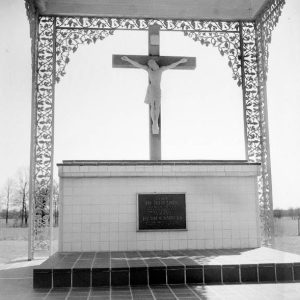 Bandini Memorial
Bandini Memorial 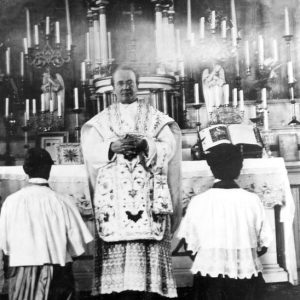 Pietro Bandini
Pietro Bandini 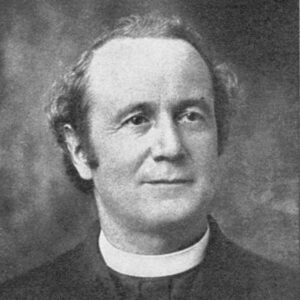 Pietro Bandini
Pietro Bandini  Granata Winery
Granata Winery 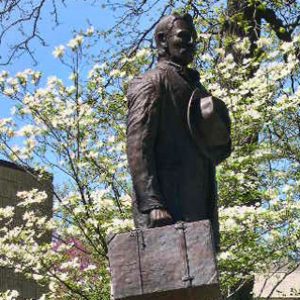 Italian Monument at Tontitown
Italian Monument at Tontitown 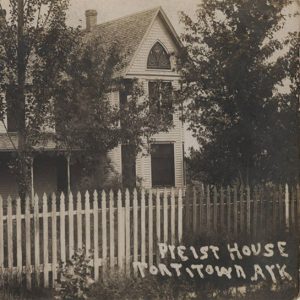 Priest House
Priest House 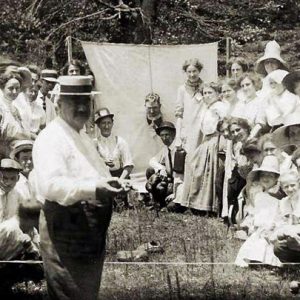 Tontitown Grape Festival
Tontitown Grape Festival 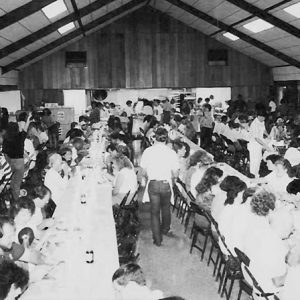 Tontitown Grape Festival Dinner
Tontitown Grape Festival Dinner 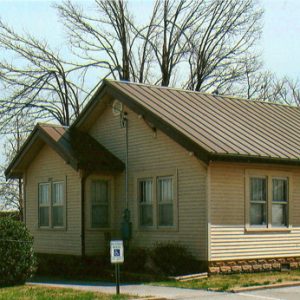 Tontitown Historical Museum
Tontitown Historical Museum 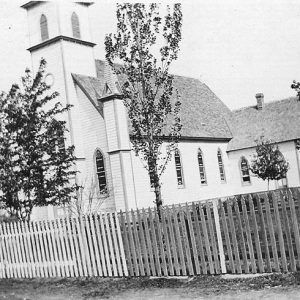 Tontitown Catholic Church
Tontitown Catholic Church  Washington County Map
Washington County Map 



Comments
No comments on this entry yet.